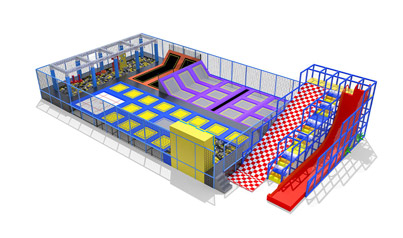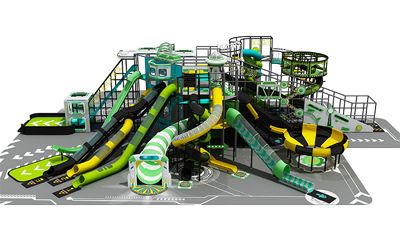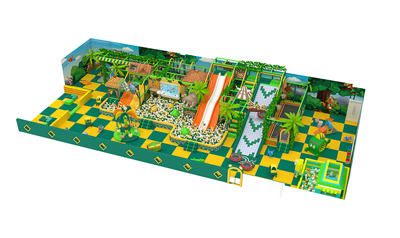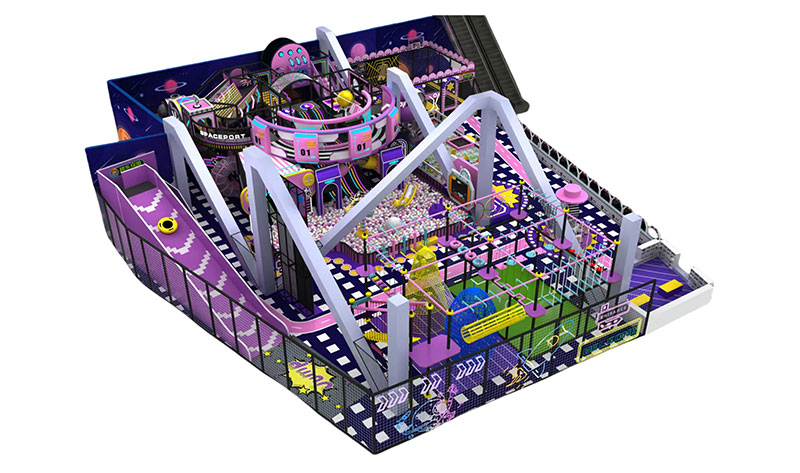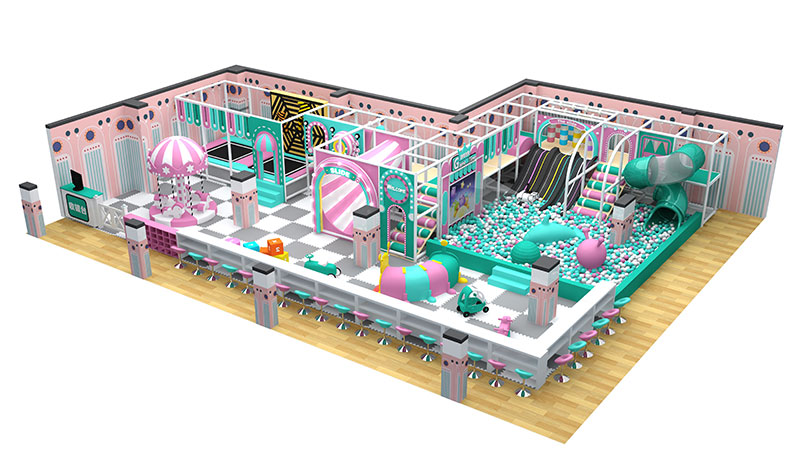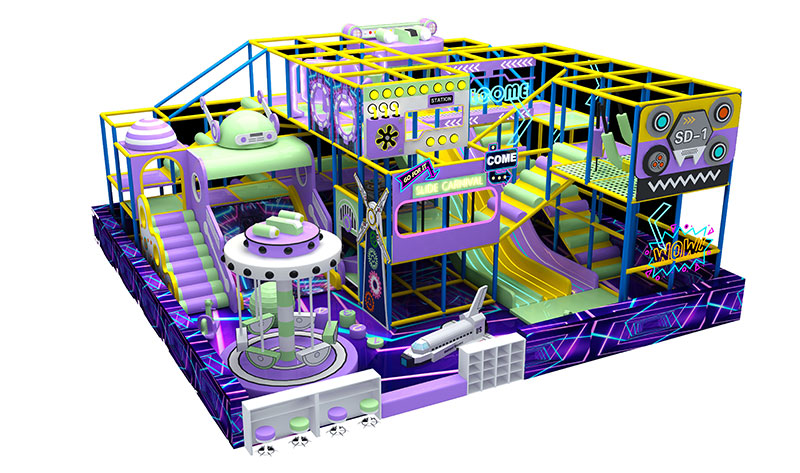The indoor playground industry is booming, with new parks opening every year. As demand grows, importing high-quality, cost-effective equipment from China has become a popular choice. But where do you start?
This guide will break down the entire process—from finding reliable suppliers to clearing customs—so you can build or expand your amusement park with confidence. Whether you are a startup or an established business, the following steps will help you make an informed decision.
Step 1: Clarify Your Business Goals
Success starts with clear goals. Ask yourself:
Are you importing for personal use(e.g., to expand your playground)?
Or are you a dealer/distributor supplying equipment to others?
Your goals will determine your sourcing strategy, budget, and supplier requirements.
Step 2: Choose the Right Location
Before importing, make sure your space meets the following criteria:
Sufficient Space: Fewer pillars/obstructions for seamless installation.
Sufficient Height: Accommodates taller rides.
Safety Compliance: Meet local zoning and fire codes.
Pro Tip: Consult with an architect or playground designer early to avoid costly adjustments later.

Step 3: Understand Import Regulations
Know the complete import procedure along with all of its duties and taxes as well as documentation requirements for certification when coming into America or any other country in this world;
Be sure that it is legal before going through with a transaction like purchasing from China by contacting local customs officers beforehand who can tell if such imports will be allowed under their regulations, even though there may not currently seem anything against them at first glance (although sometimes new rules come out after goods have already been shipped).
Action Step: Contact a local customs broker or trade agency to learn the latest regulations.
Step 4: Choose a Trusted Chinese Manufacturer
Not all suppliers are the same. Follow this checklist:
How to Find a Supplier
Search online: Use keywords, such as “indoor play equipment.”
Trade shows: Attend shows like IAAPA or Canton Fair.
Recommendations: Ask for recommendations from industry peers.
Audit criteria
| Key factors | What to look for |
| Reputation | 10+ years of operating experience, customer reviews, IPEMA/IAAPA membership |
| Certification | ASTM F1918, EN 1176, ISO, CE, etc. |
| Quality control | In-house R&D, material testing, pre-shipment inspection |
| Pricing | Transparent quotes (compare 3-5 suppliers) |
| Service | Custom design, installation support, warranty (1-2 years) |
Preferred: 2kiddyplay meets all these benchmarks with a mature global program.
Step 5: Place order and finalize logistics
1. Payment terms: Typically 30% deposit in advance, 70% before shipment. Please use secure payment methods (T/T, L/C).
2. Shipping terms: Choose between FOB (you are responsible for shipping) or CIF (the supplier arranges shipping).
3. Contract: Specify delivery deadlines, late penalties, and quality assurance.
Red flags: Avoid suppliers who refuse to sign contracts or require full upfront payment.
Step 6: Prepare for customs clearance
To ensure a smooth delivery, prepare the following documents:
Bill of Lading
Packing List
Certificate of Origin/Conformity
EORI Number (for EU/UK imports)
Note: Some countries require *fire safety testing* (e.g., NFPA 701 in the US).
Step 7: Receive and inspect your shipment
Upon arrival:
1. Check for damage or broken seals.
2. Check all parts against the packing list.
3. Follow the installation guide or schedule an appointment for technical support.
Final Thoughts: Building Success with the Right Partner
Importing indoor playground equipment from China can be a cost-effective and efficient way to grow your business—if done correctly. By following these steps, you minimize risks, avoid costly mistakes, and ensure a smooth process from supplier selection to installation.
The key is partnering with a reliable manufacturer that offers quality-certified equipment, transparent pricing, and strong after-sales support. Whether you're launching a new play center or expanding an existing one, thorough planning and compliance with regulations will set you up for long-term success.


